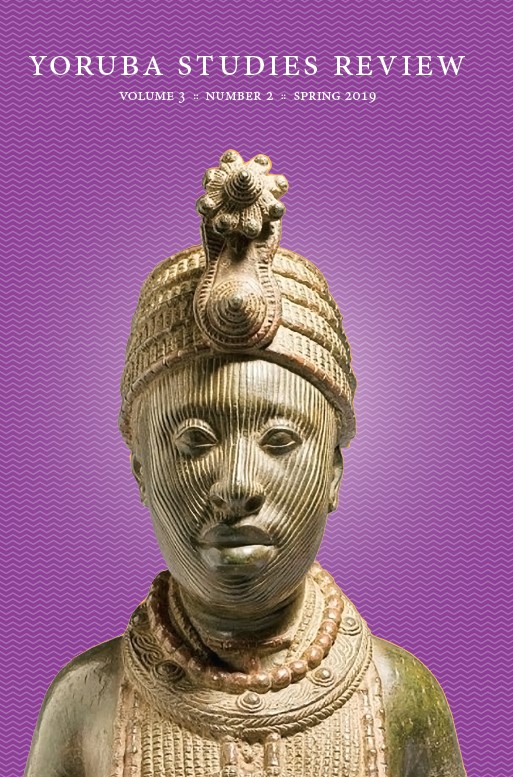Abstract
Through the open door of the room next to the editing suite at the offices of Mainframe Productions, near Oshodi, Lagos, a figure dressed in colorful agbada is visible, hunched over papers and books. Back turned to the door, he scribbles away, oblivious to all movement around him. But it is not difficult to know who it is. The cap tipped to the right and the brief side glance cast in reaction to approaching motion are enough to give him away, even if, as in such situations, a few moments lapse before recognition registers. The sight is riveting, forbidding and disorienting all at once. In more than an hour of chattering about the problems of Nigeria, I have been unaware of the presence in the same building of one of the iconic figures of the arts in Nigeria, probably at work making things even more complicated. It is late in the evening. We greet him and quickly withdraw, careful not to disturb him further. Walking out the building with cultural critic Toyin Akinosho at the end of a visit with the filmmaker Tunde Kelani, I also find it quite chastening.

This work is licensed under a Creative Commons Attribution-NonCommercial 4.0 International License.
